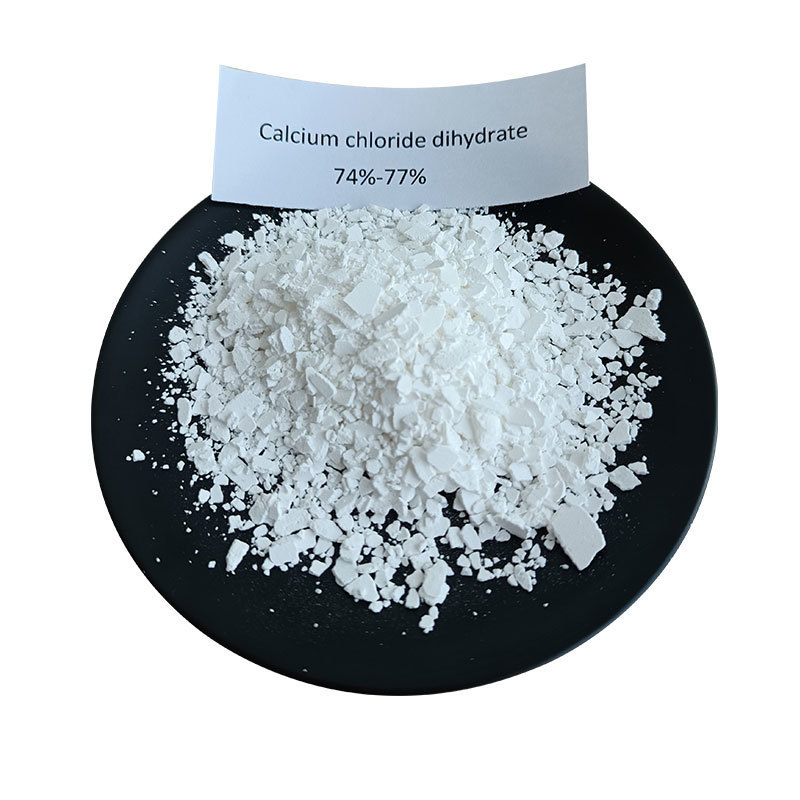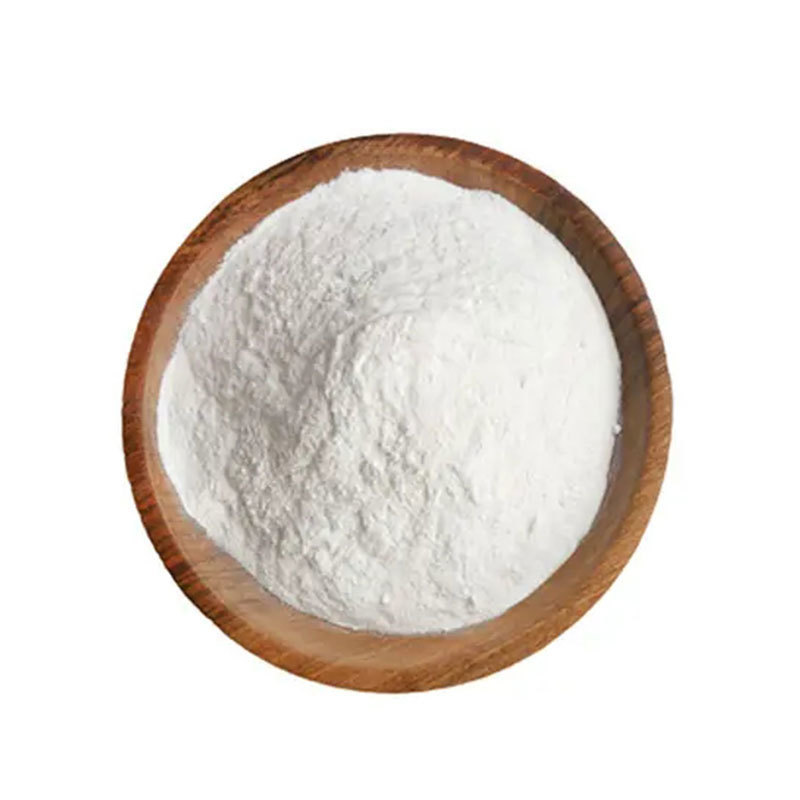Brief history of research on soda ash
Date:
2023-01-11 23:25
Before the artificial synthesis of soda ash, it was found in ancient times that some seaweeds contained alkalis in the ashes after drying. After soaking and filtering with hot water, brown alkaline solution could be obtained for washing. A large amount of natural alkali comes from minerals, mainly buried underground or alkaline lakes. The natural alkali ore existing in the sedimentary layer has the highest grade and is widely distributed. At the end of the 18th century, the first method of artificial synthesis of soda ash was invented in France Lublanc, which used mirabilite, limestone and coal to reduce and carbonate at high temperature to obtain a crude product containing Na2CO3 - black ash. After leaching, evaporation, refining, recrystallization and drying, heavy soda ash with a purity of about 97% was obtained. In 1861, Ernest Solvay of Belgium independently invented soda ash and obtained a patent. Due to the fact that the protection of technical secrets has not been widely applied, it was only in the 1920s that breakthroughs were made in the United States, especially the famous Chinese chemical expert Hou Debang published the book "Soda Manufacturing" in 1932, which will be kept secret for 70 years, and the Solvay method will be published in the world. Hou Depang also established Hou's caustic soda process in 1939-1942, and established a pilot plant in Sichuan. In 1952, a joint soda production workshop was set up in Dalian Chemical Plant. The NA method introduced by Asahi subsidiary of Japan is in essence a compromise method of combined alkali and ammonia alkali. The ratio of soda ash to ammonium chloride can be adjusted at will.













